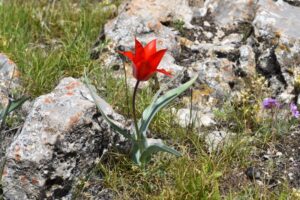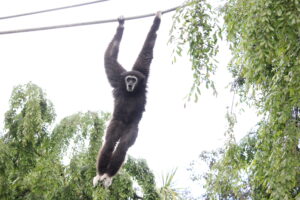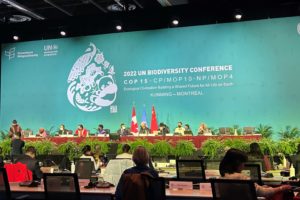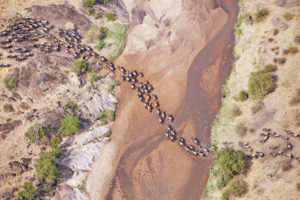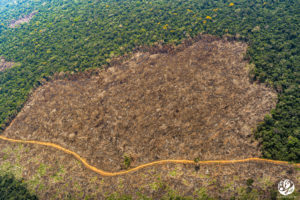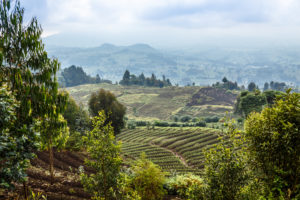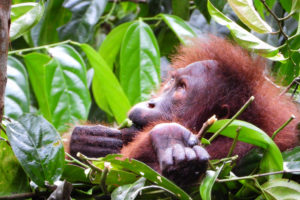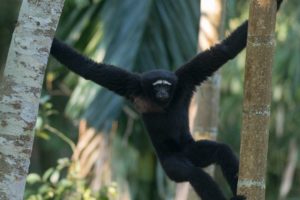Catalyzing Connectivity Conservation for Turkmenistan’s Koytendag State Nature Reserve
Located in southeast Turkmenistan, on the border with Uzbekistan and close to Afghanistan, the Mountain Ecosystems of Koytendag (MEK) are one of the most distinctive landscapes in Central Asia. The region extends from the hot, dry, semi-desert plains of the Amu Darya River Valley to the snow-capped peaks of Ayrybaba, rising to 3,137 meters (10,292 feet) as the highest mountain in Turkmenistan. Covering a combined area of over 100,000 hectares, the ecosystem hosts rare species such as Urial sheep, lynx, and markhor, and is important habitat for pistachio and juniper forests. Recently, experts from this area and around the country gathered to discuss how to conserve this extraordinary natural area, including how to ensure its habitat areas remain connected.
